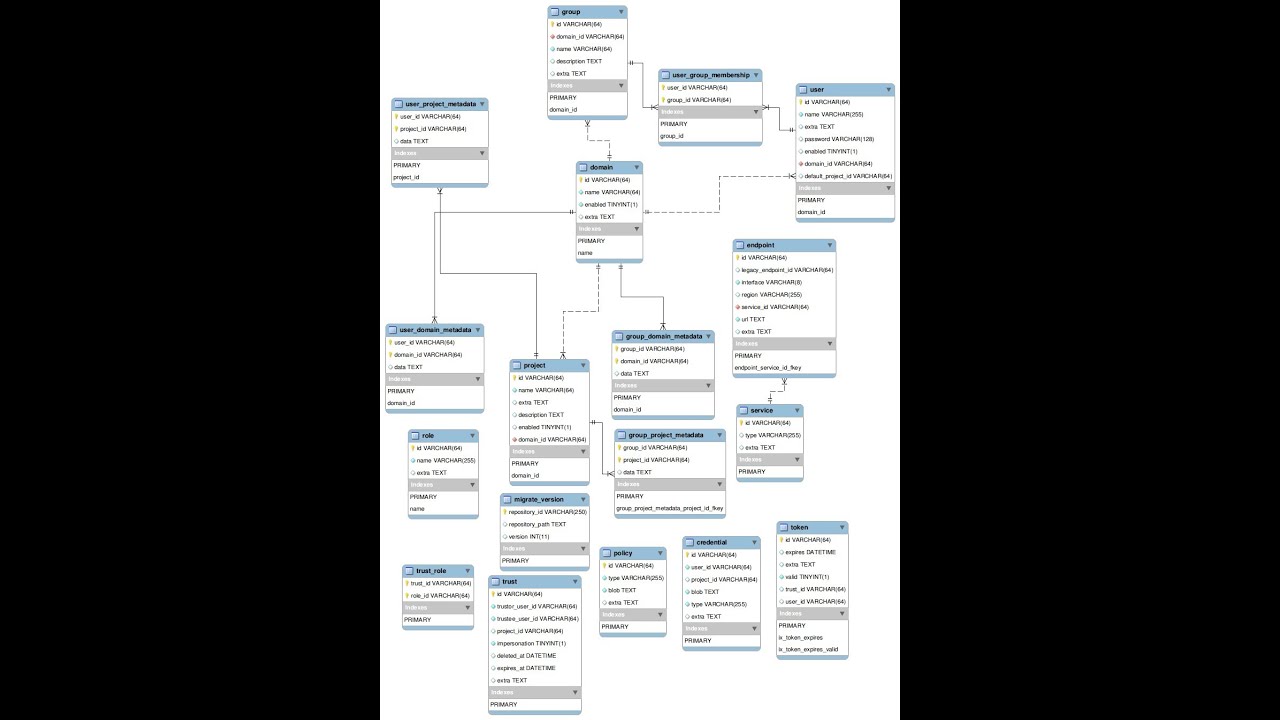
- #Create model from database workbench install
- #Create model from database workbench code
- #Create model from database workbench password
- #Create model from database workbench free
It helps to find each row uniquely in the table. Primary Key:- It is a unique value in the table. Tables = cursor.fetchall() # it returns list of tables present in the database # getting all the tables which are present in 'datacamp' database See all the tables present in the database using the SHOW TABLES statement. You have successfully created the table users in the datacamp database. # creating a table called 'users' in the 'datacamp' databaseĬursor.execute("CREATE TABLE users (name VARCHAR(255), user_name VARCHAR(255))") Use the CREATE TABLE table_name to create a table in the selected database. Now, you have connected to the database called datacamp.
#Create model from database workbench code
The above code will execute with no errors if the database exists. Run the following code, to select datacamp database which we have created a minute before. Before creating tables, we have to select a database first. # 'fetchall()' method fetches all the rows from the last executed statementĭatabases = cursor.fetchall() # it returns a list of all databases presentĬreating tables in the database to store the information. # executing the statement using 'execute()' method To see all the databases we use SHOW DATABASES statement. See all the databases present in MySQL using the following code. Make sure that the database does not exist. If the database already exists you will get an error. # below statement is used to create tha 'datacamp' databaseĬursor.execute("CREATE DATABASE datacamp") # 'execute()' method is used to compile a 'SQL' statement # creating an instance of 'cursor' class which is used to execute the 'SQL' statements in 'Python' To create a database in MySQL, we use CREATE DATABASE database_name statement. Now, we will create a database with the name datacamp. That's it now you have connected to the MySQL database. Print(db) # it will print a connection object if everything is fine # it takes 3 required parameters 'host', 'user', 'passwd' # connecting to the database using 'connect()' method

# importing 'nnector' as mysql for convenient Now, connect to the database using your username and password. To create a new user refer to MySQL official documentation. If you don't remember your username or password, create a new user with a password.
#Create model from database workbench password
Now, we will connect to the database using username and password of MySQL. If the above code runs without any errors, then you have successfully installed nnector, and it is ready to use. Now, check whether you have installed the nnector correctly or not using the following code.
#Create model from database workbench install
Download the nnector from here and install it on your computer. We need nnector to connect Python Script to the MySQL database. Next, you have to install nnector for Python. You need to install the MySQL server to follow this tutorial. MySQL is one of the most popular databases.ĭownload and install MySQL from the MySQL's official website.
#Create model from database workbench free
If you don't know SQL, take the Datacamp's free SQL course.

You can tell which database is the default one because it is bolded.Python Data Types, Control Structures, Loops, etc., If you're new to Python learn Datacamp's free Intro to Python for Data Science course.

Simply right click on the database name and select Set as Default Schema: Setting the database as the Default Schema.īy doing this, any scripts that don’t specify a database will run against this one. You can set the new database as the default schema if you wish. Setting the Database as the Default Schema You will need to add tables and other database objects before you can add data. You will now be able to see the database under SCHEMAS in the left navigation pane. The following message will be displayed if the script has run successfully: The “Success” message when the script has run successfully. Review the SQL statement and click Apply: This screen allows you to review the script generated by MySQL before applying it.

Enter the schema name (database name) and its default collation. Enter a Name & Default CollationĮnter a schema name (database name) and its default collation and click Apply: The “New Schema” dialog. The New Schema ButtonĬlick the “new schema” button on the MySQL Workbench toolbar: The “Create Schema” button on the MySQL Workbench toolbar. The database will now be created, and a message will display advising that the script was successful.īelow are screenshots for the above steps.


 0 kommentar(er)
0 kommentar(er)
